Table of Contents
What’s the behavior of red ear slider turtles? Understanding the normal behavior of a red eared slider can assist a potential caregiver in giving it optimal care. What’s the behavior of red ear slider turtles? Figuring out its natural behavior and determining that the red eared slider is at liberty to carry out activities necessary for its well-being, such as swimming or basking, are things a caregiver should be aware of to secure its overall health and wellness. In this article, you’ll learn what’s the behavior of red ear slider turtles?
Red Ear Slider Turtle Behavior
Red eared sliders are cold-blooded animals that are unable to regulate body temperature by itself. It is largely dependent on sun rays to keep its body temperature at a level which allows it to function properly. Because of this the Red Eared Slider is commonly seem basking under the sun and soaking up the rays as a matter of survival and comfort. It is not unusual to see sliders sitting atop each other as they share a basking spot with their kind or other sorts of semi-aquatic turtles.
These sliders have weak hearing but makes up for this auditory deficiency through feel and vibrations, making them very alert even when they appear to have nodded off whilst basking.
Defense Mechanism
They quickly retreat into the safety of the water when threatened or when they feel any sort of impending danger to themselves. Clinging to submerged tree limbs, sliders will sleep underwater during the night. It is also not unusual to see a slider floating on the surface of water with the aid of their inflated throats.
Around October as temperatures falls to 10 degrees Celsius, turtles begins to brumate. Many of these turtles spend this season of inactivity submerged and resting underwater but they have also been found under hallow stumps and shallow banks.
These turtles do not brumate in groups and prefer to find a spot for them to spend this period of tranquility. Brumation can be interrupted by warm spells between January and February, when they could become active for a short time, surfacing to hydrate and feed. But as the temperature drops back down, so will the RES turtle commence its brumation period. The turtle makes a permanent appearance signaling the end of brumation around early March to late April.
Speaking of Brumation…
Reptiles like the red eared slider turtle do not hibernate but in fact, brumate. This period of brumation is signified by less turtle activity save for the occasional surfacing for water and food. Red ear sliders can be found in brumation at the bottom of ponds or shallow lakes over the winter season. It is usually around October, when temperatures fall below 10 degrees Celsius, that red eared sliders are less active.
A Semi – Aquatic Turtle
The Red Eared Slider is a semi-aquatic turtle which can securely brumate inside your home or outdoors if conditions are risk-free and considered that the water it remains in does not ice up. If the turtle is maintained in a pond outdoors, it will take care of and also react to modifications as well as changes in temperature level in addition to the length of sunshine and it will recognize in themselves when to ready itself to brumate.
The Need for Artificial Stimulation
A turtle living in a tank indoors will certainly need artificial stimulation with the aide of its caretaker in order for these adjustments to come about. You should consult with your vet, check neighborhood clubs for information and also ask experts if you are unclear of this duration. The red eared slider is a semi-aquatic turtle; make sure to feed your turtle a proper quantity of vitamin A before its fasting period throughout winter.
More Tips on Behaviors
You will certainly require to fast the turtle 2 to 6 weeks before its brumation to make sure it has no undigested food in its system. Brumation should rather be delayed to prevent undigested food to decay and also trigger deadly bacterial infections.
Reduce PhotoPeriod
You need to lower the photoperiod in the turtle’s container a little at once over a time period. The turtle is then placed on fast for 10 days to ensure its bowels are vacant. Throughout the last 3 days of not eating the slider is to be saturated in water to make absolute specific that it has actually cleared its bowels of all components. A lot of turtles brumate from 2 to 4 months. Various other types brumate for approximately 6 months however it ought to be kept in mind that this length of time is not called for; to drink off unpredictability seek advice from your veterinarian.

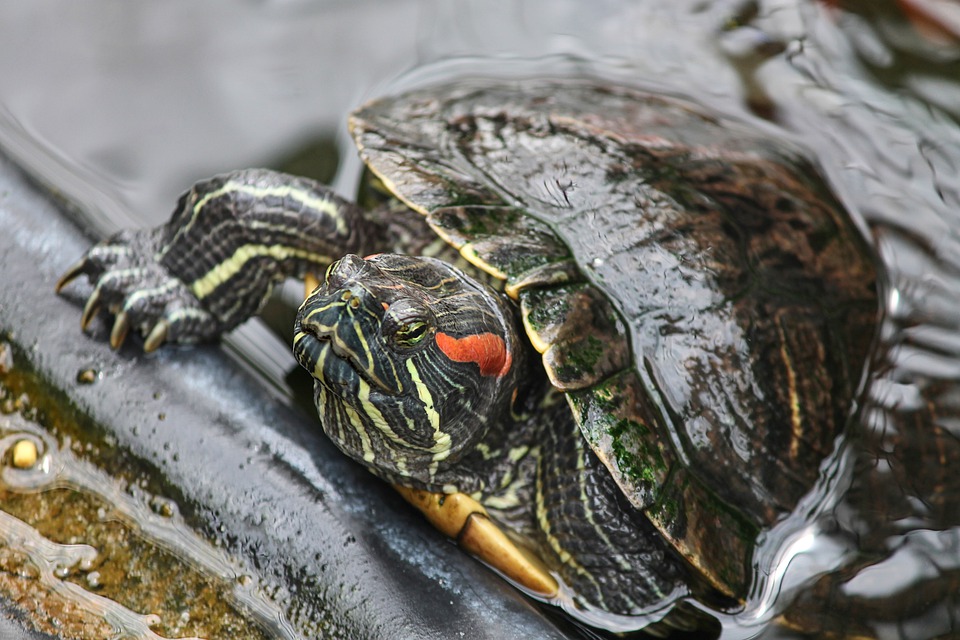
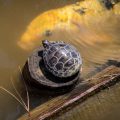
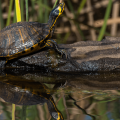
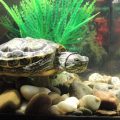
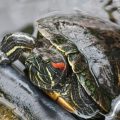
 Author and long-time animal lover. Sharing knowledge on pet care through experience and the written word.
Author and long-time animal lover. Sharing knowledge on pet care through experience and the written word.